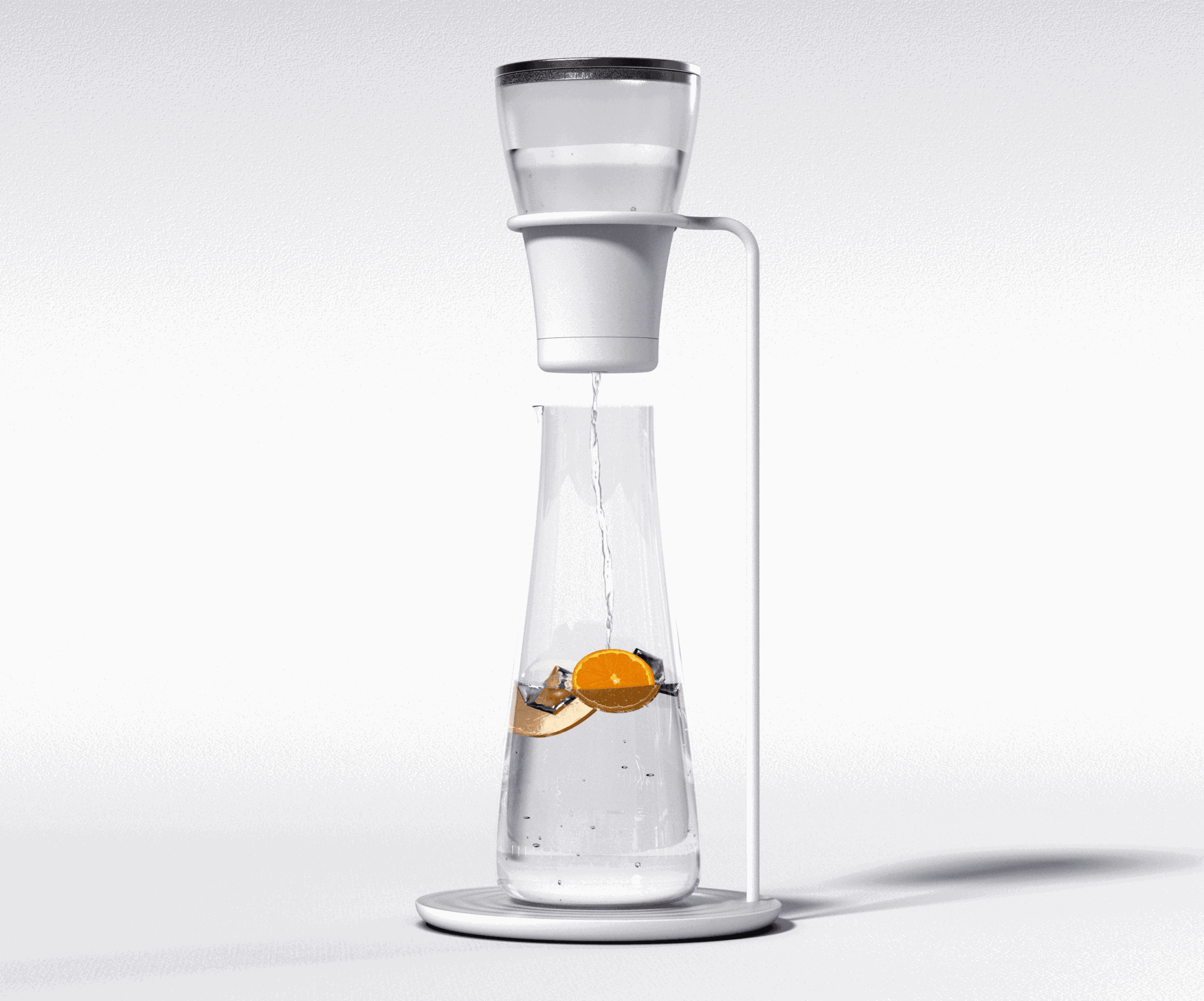We recently connected with Krishna Pranav and have shared our conversation below.
Hi Krishna , thanks for joining us today. What do you think it takes to be successful?
As a designer, I work in collaborative environments, where success is often achieved through aligning everyone involved, each with a unique perspective on what success means. I believe It’s about playing the cards you’re dealt with—embracing your background, values, culture, and experiences and utilizing these elements to create harmony and growth.
In my experience, I realized that goals may help you chase success, but it’s your values that truly make you successful. By holding onto what matters most to me, and growing in my own way, I am practicing to find success that is both fulfilling and uniquely mine. Success to me is finding balance in my relationships, taking care of myself, earning a decent living, and making a positive impact on the world.


As always, we appreciate you sharing your insights and we’ve got a few more questions for you, but before we get to all of that can you take a minute to introduce yourself and give our readers some of your back background and context?
I’m an Indian Industrial Designer with a passion for creating meaningful and innovative products. Currently, I work with Jio Tesseract, a subsidiary of Reliance, a Fortune 500 company, where I’m part of the team focused on designing hardware for AR/VR products.
I never set out with an ambition to become an Industrial designer, but during my undergrad, I discovered a deep passion for the design process. It was then that I realized just how
thoughtfully designed products can shape and enhance our daily lives. What truly excites me is the challenge of making creative decisions within the constraints of real-world limitations and bringing ideas to life.
One of the things I’m most proud of is my adaptability. I’ve had the chance to work in both a small studio and a large corporation, alongside people of different ages and cultures. Each shift in my career brought changes in my personal life too—I had to move to new cities, explore cultures and adjust my lifestyle. Along the way, I made some of the strongest friendships of my life. What stands out to me is how I started to enjoy these changes and celebrated the new experiences they brought, to grow not just as a designer, but also as a person.
Outside of work, I stay grounded through activities that really resonate with who I am. I’m really into beatboxing—it’s a fun, creative way for me to let loose and express myself. Plus, there’s nothing quite like going on long walks or treks, they give me a chance to connect with nature, reflect on life, and find some balance amidst the everyday hustle.
Looking ahead, I’m thrilled to be pursuing a master’s degree at Carnegie Mellon University in the Master of Integrated Innovation for Products & Services program this fall 2024. This opportunity represents the next chapter in my journey, excited to deepen my skills, expand my horizon, and continue my path toward creating positive impacts that make a difference in the world.


What do you find most rewarding about being a creative?
As an Industrial designer, it’s crucial for me to stay focused on the process , because if the process is done correctly, the result will naturally be rewarding. A prime example of this was my thesis project, Dhatri—a collaboration with the Industree Foundation aimed at improving the lives of the Kui Tribe in Odisha, India, known for crafting leaf plates. Over a five-month research period, I immersed myself in both urban and rural environments, studying the tribe’s lifestyle, intentions, needs, struggles, habits, and routines. During this time, I identified a way to increase their plate-making revenue through extensive research. By preserving their traditional methods, I designed and implemented a bag that not only increased the amount of leaves collected per trip but also featured improved compartments for gathering other forest materials, ultimately boosting their overall income. Seeing the solution being easily adopted and making a meaningful difference in their lives was incredibly rewarding. There’s nothing quite like witnessing the impact of a designer’s intent coming to life.


Any resources you can share with us that might be helpful to other creatives?
Yes! I’ve come to understand the importance of embracing the role of a facilitator. While I might have a clear vision of the end goal, it’s not always shared by everyone I work with. It’s my responsibility to guide conversations, align ideas, and bring together processes and people to ensure that the creative journey is both shared and cohesive. When everyone is on the same page, the results are much more impactful.
I often navigate subjective opinions and ideas during the design process. To translate these subjective discussions into objective outcomes, I rely on a tool called semantic differential scale. This tool helps bring structure to the creative process, especially when things feel chaotic.
SDS is a tool that helps me make better decisions by evaluating what’s desirable, viable, and feasible within real-world constraints like time, audience, costs, and manufacturing. For example, if I wanted to design a chair and had 10 different ideas, I could use SDS to plot each one based on specific criteria, helping me identify which idea best meets the needs. Some grading scales you might use include:
– Aggressive – Passive
– Light – Heavy
– Rounded – Angular
– Simple – Complex
– Smooth – Rough
By rating ideas on these scales, you can see how they stack up against each other and make more informed decisions.
Contact Info:
- Website: https://www.krishnapranav.com/
- Instagram: https://www.instagram.com/designed.by.kp?igsh=d2xjNHA0ZDVsZHNt
- Linkedin: https://www.linkedin.com/in/krishna-pranav/


Image Credits
N/A


